You can tell it’s lumpfish roe because of its salty flavor. While sturgeon provide the caviar, lumpfish from the North Atlantic and Baltic Seas deliver the eggs. Due to their naturally dull gray color, eggs are sometimes dyed bright red or black for display. Denmark, Iceland, and Canada supply the majority of this caviar alternative. Caviar may be purchased at most supermarkets’ fish counters but is often seen in cans. Also, delis carry them. In contrast to the more expensive caviar, lumps of caviar are relatively cheap. 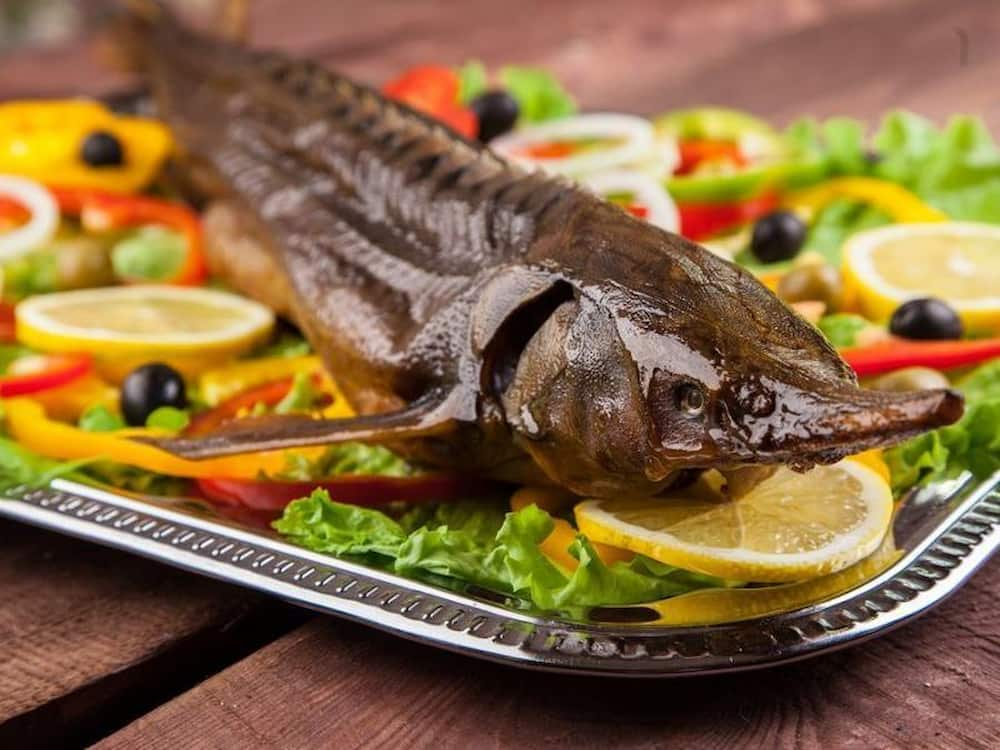 While the flavor of red and black lump roe is the same, the colors result from artificial coloring. Prepare: Pickling the roe involves soaking the pieces for a few weeks in a saltwater solution. They are placed in jars for sale after being dyed. use: Lump roe, for instance, may be eaten as a snack, spread over toast, or paired with lemon cream or mashed avocado. You may use this as a side dish for your scrambled eggs. storage: Chunk roe is best stored in the refrigerator in its original container. Lumps of roe should consume globs of roe as soon as possible after opening. dietary worth: Cubed caviar has fewer calories and less fat than the whole kind, but it lacks the sophistication and taste of real caviar.
While the flavor of red and black lump roe is the same, the colors result from artificial coloring. Prepare: Pickling the roe involves soaking the pieces for a few weeks in a saltwater solution. They are placed in jars for sale after being dyed. use: Lump roe, for instance, may be eaten as a snack, spread over toast, or paired with lemon cream or mashed avocado. You may use this as a side dish for your scrambled eggs. storage: Chunk roe is best stored in the refrigerator in its original container. Lumps of roe should consume globs of roe as soon as possible after opening. dietary worth: Cubed caviar has fewer calories and less fat than the whole kind, but it lacks the sophistication and taste of real caviar. 
fish caviar
Caviar is a food that is synonymous with sheer luxury. This sturgeon roe is a delectable delicacy in the culinary world, despite its scarcity and high price. Many species of sturgeon produce caviar, but Beluga caviar is the biggest, rarest, and most costly. At approximately $3,500 per pound, it was dubbed “Black Gold.” Caviar is made from unfertilized fish eggs, also known as fish eggs. This is a delicious meal served cold. Real caviar comes from wild sturgeon, which belongs to the Sturgeon family. While the Caspian and Black Seas have long produced most of the world’s caviar, farm-produced caviar has become famous as wild sturgeon populations have been depleted by overfishing. The greatest caviar originates from the Caspian Sea region, home to the Beluga, Osetra, and Sevruga sturgeon.  The beluga sturgeon, or beluga, is an anadromous fish belonging to the genus Huso and the family Acipenseridae. Formerly widespread in the Adriatic region, it is now primarily found in the basins of the Caspian and Black Seas. Among bony fish, it is the third-largest in maximum size.] Beluga caviar is collected extensively from females, and overfishing and poaching have severely depleted natural populations. Ossetra (also spelled Oscietra, Ossetra, and Asetra) caviar is among the most sought-after and costly varieties (only Beluga caviar is dwarfed in price). Osetla sturgeon, which may live up to 50 years, weighs 50–400 pounds and is the source. Ossetra caviar may be anything from a deep brown to a brilliant yellow. Most people prefer the lighter types because they have the best taste and are harvested from the eldest sturgeon. Golden Ossetra Caviar is a very uncommon and delicious kind of Ossetra caviar.
The beluga sturgeon, or beluga, is an anadromous fish belonging to the genus Huso and the family Acipenseridae. Formerly widespread in the Adriatic region, it is now primarily found in the basins of the Caspian and Black Seas. Among bony fish, it is the third-largest in maximum size.] Beluga caviar is collected extensively from females, and overfishing and poaching have severely depleted natural populations. Ossetra (also spelled Oscietra, Ossetra, and Asetra) caviar is among the most sought-after and costly varieties (only Beluga caviar is dwarfed in price). Osetla sturgeon, which may live up to 50 years, weighs 50–400 pounds and is the source. Ossetra caviar may be anything from a deep brown to a brilliant yellow. Most people prefer the lighter types because they have the best taste and are harvested from the eldest sturgeon. Golden Ossetra Caviar is a very uncommon and delicious kind of Ossetra caviar. 
caviar is from what fish
Caviar is derived from the sturgeon species listed below Elephant fish (beluga), or Huso Huso, is the source of caviar. The sea bass Chalbash or GueldenStaedti Acipenser Boat, or Acipenser Nudiventris The three fish referred to as “Qarabron,” “Chalbash,” and “Sheep” are known as “dice fish” or “osetra.”
- Ozone Brun, or Sevruga, or Acipenser Stellatus
- Siberia (berry), also known as Acipenser Baerii,
- Austria australis or Acipenser ruthenus asteroids
- Amur estrogen, or Acipenser Schrenckii,
- Kaluga or Huso Dauric.
Now I’m concentrating on two of them.  Beluga or Huso Huso: elephant fish, is a species of sturgeon or sturgeon and the biggest fish in the interior lakes of Iran. In terms of caviar quality, which brand has grabbed the top spot? The marine type matures between 14 and 17 years, whereas the bred type reaches maturity between 10 and 14 years. It is the most costly fish and caviar (beluga) or elephant fish caviar in the world due to the quality of its caviar. It may grow to a height of more than four meters, from a height of just over 1.5 meters. Qarabron, or Iranian Fish (Astra or Acipenser persicus), is a species of sturgeon or Caspian sturgeon that was originally classified as a subspecies of Russian fish. Qarabron ranks second in value for its Astra caviar. Due to artificial breeding, the quantity of sturgeons has surpassed the Russian variety, and their size and quality are better. Similar in appearance, but darker with white pigmentation extending to the snout to distinguish it from Russian dice fish, 1 m to over 2 m in length, or 12 years. At 14, he matures. Astra Caviar Qarabron caviar is darker, lighter, and sometimes more golden than the others. Iranian Astra caviar is the only caviar with a nutty taste, making it unique and unusual.
Beluga or Huso Huso: elephant fish, is a species of sturgeon or sturgeon and the biggest fish in the interior lakes of Iran. In terms of caviar quality, which brand has grabbed the top spot? The marine type matures between 14 and 17 years, whereas the bred type reaches maturity between 10 and 14 years. It is the most costly fish and caviar (beluga) or elephant fish caviar in the world due to the quality of its caviar. It may grow to a height of more than four meters, from a height of just over 1.5 meters. Qarabron, or Iranian Fish (Astra or Acipenser persicus), is a species of sturgeon or Caspian sturgeon that was originally classified as a subspecies of Russian fish. Qarabron ranks second in value for its Astra caviar. Due to artificial breeding, the quantity of sturgeons has surpassed the Russian variety, and their size and quality are better. Similar in appearance, but darker with white pigmentation extending to the snout to distinguish it from Russian dice fish, 1 m to over 2 m in length, or 12 years. At 14, he matures. Astra Caviar Qarabron caviar is darker, lighter, and sometimes more golden than the others. Iranian Astra caviar is the only caviar with a nutty taste, making it unique and unusual. 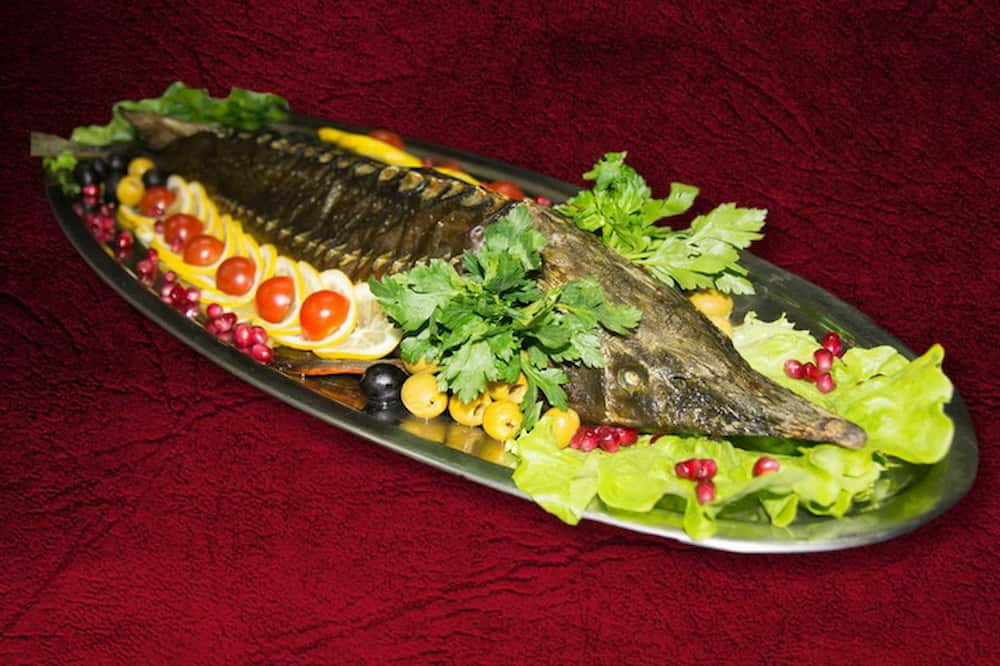
lumpfish caviar
First things first: what exactly is lumpfish caviar, and how does it compare to the more typical sturgeon variety? The roe extracted from the lumpfish is what is meant when people talk of “caviar” made from lumpfish. Because they spawn in relatively shallow waters and produce many eggs, lumpfish are an excellent choice for use as a replacement for sturgeon, which are at risk of extinction and are becoming more costly. It is generally agreed that caviar is one of the most costly luxuries available anywhere on the globe. The taste packed within each pearl-like fish egg erupts in your mouth to create a flavor that very few other meals on the planet can deliver. You won’t find this flavor in too many other foods. I suggest you purchase mehr caviar Lumpfish Caviar if you are unsure which Lumpfish caviar to purchase.  For a delectable treat, serve it with blini pancakes, sushi, and/or any of your other favorite gourmet snacks. Lumpfish is a popular low-cost alternative for individuals who cannot afford to spend hundreds of dollars on high-end caviar. Although caviar is generally made from the spawn of sturgeon fish, lumpfish has become more popular in recent years. Today, I’m going to speak about lumpfish, the harvesting of lumpfish caviar, and I’m going to tell you how it compares to other varieties of caviar that are more conventional. Among caviar lovers, lumpfish is generally considered inferior. Lumpfish is usually known for its oily, greasy taste, which some people compare to plaice. Lumpfish is often used in inexpensive recipes and is sometimes even made into dog food. However, block caviar is similar to an “off-brand” variant of caviar. It has the same texture, appearance, and flavor as sturgeon caviar, which many describe as “pretty close” to real caviar.
For a delectable treat, serve it with blini pancakes, sushi, and/or any of your other favorite gourmet snacks. Lumpfish is a popular low-cost alternative for individuals who cannot afford to spend hundreds of dollars on high-end caviar. Although caviar is generally made from the spawn of sturgeon fish, lumpfish has become more popular in recent years. Today, I’m going to speak about lumpfish, the harvesting of lumpfish caviar, and I’m going to tell you how it compares to other varieties of caviar that are more conventional. Among caviar lovers, lumpfish is generally considered inferior. Lumpfish is usually known for its oily, greasy taste, which some people compare to plaice. Lumpfish is often used in inexpensive recipes and is sometimes even made into dog food. However, block caviar is similar to an “off-brand” variant of caviar. It has the same texture, appearance, and flavor as sturgeon caviar, which many describe as “pretty close” to real caviar. 
fish eggs caviar
Caviar is pricey. Caspian Sea sturgeon provide 10% of the world’s caviar eggs. Elephant fish, Russian fish, Persian fish, ship fish, and Ozonbron fish, or Suruga, are Caspian Sea sturgeon species. Species Sturgeons are uncommon aquatic species that have been alive since the Jurassic epoch, making them living fossils that have survived phylogenetic evolution. Twenty-seven species and subspecies exist throughout the globe, including six in the Caspian Sea. Sturgeon eggs, known as caviar or black pearls, are more valuable than their flesh. Black caviar is the most practical, followed by golden and crimson. In the preceding part, we discussed two renowned surgeons. Russian caviar is located across the Caspian Sea and is the third most precious caviar. Its spawning age is between 12 and 16 years old. It’s 1-2 meters long and 60-100 kilograms.  The Caspian Sea’s tiniest sturgeon is named Ozone-brun in Iran. It’s the worse since it utilizes smaller, cheaper caviar. Artificial reproduction is complex, and its natural population is declining. His name means “long nose” 8-12 years old. It’s 1 to 1.5 meters tall and lighter than other fish in the Caspian Sea. Almost all marine species can lay eggs, from sea urchins and fish to squid and shrimp. Unfertilized egg masses are often observed in the ovaries of female marine animals. Caviar may be consumed as raw, cooked, or savory food or can be turned into caviar. Caviar is a kind of sturgeon roe preparation. To put it another way, although every caviar is a form of caviar, not all caviar is caviar. The word caviar is permissible for roe obtained from species other than sturgeon, but it must begin with the common or normal name of the fish, Marky’s Caviar’s Michael Gelman adds. For example, if you’re talking about salmon egg sauce (which isn’t sturgeon), it has to be labeled as salmon caviar.”
The Caspian Sea’s tiniest sturgeon is named Ozone-brun in Iran. It’s the worse since it utilizes smaller, cheaper caviar. Artificial reproduction is complex, and its natural population is declining. His name means “long nose” 8-12 years old. It’s 1 to 1.5 meters tall and lighter than other fish in the Caspian Sea. Almost all marine species can lay eggs, from sea urchins and fish to squid and shrimp. Unfertilized egg masses are often observed in the ovaries of female marine animals. Caviar may be consumed as raw, cooked, or savory food or can be turned into caviar. Caviar is a kind of sturgeon roe preparation. To put it another way, although every caviar is a form of caviar, not all caviar is caviar. The word caviar is permissible for roe obtained from species other than sturgeon, but it must begin with the common or normal name of the fish, Marky’s Caviar’s Michael Gelman adds. For example, if you’re talking about salmon egg sauce (which isn’t sturgeon), it has to be labeled as salmon caviar.” 
is caviar fish eggs
Put another way, caviar is a kind of roe, but not all roes are caviar. The distinction comes down to the type of marine mammal used for egg collection. True caviar can only be made from the roe of a sturgeon or a related fish species. Caviar is the name given to the delicacy made from salted sturgeon eggs, regardless of whether or not they have been fertilized. To upsell their less expensive alternatives to real caviar (such as salmon roe), many restaurants will falsely label their products as caviar. Like champagne, which can only originate from the Champagne area of France, caviar can only be made from sturgeon eggs. Caviar is created from fish eggs that have not been fertilized. Incredibly tasty, this dish is best enjoyed chilled. The sturgeon family is responsible for the production of authentic caviar. Most of the world’s caviar has traditionally come from the Caspian and Black Seas. 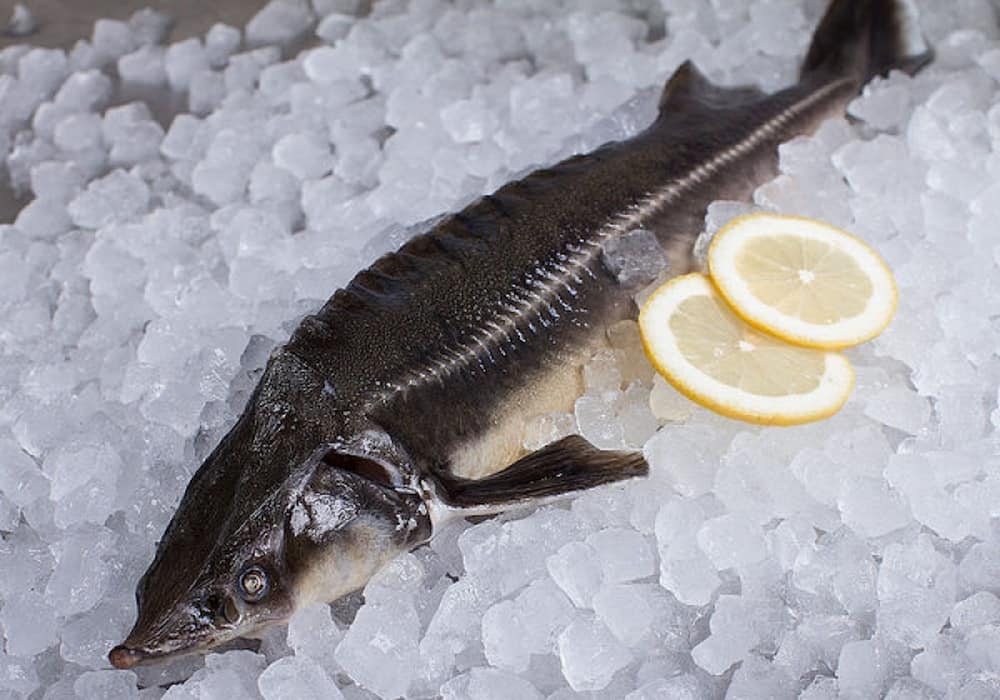 However, since wild sturgeon populations have been dwindling due to overfishing, caviar produced on farms has gained popularity. The process of collecting caviar When the females are ready to reproduce, their eggs are collected and processed to produce the finest caviar. Sturgeons are taken in the wild as they migrate from the ocean to breed in rivers with a lower water temperature. Ultrasound will be used to track the sturgeons in the hatchery and identify when the eggs may collect the eggs. Depending on their size, millions of eggs may be laid by sturgeons at once. There are two distinct types of caviar, distinguished by their size, hue, hardness, flavor, and scent. The wealthiest and firmest egg is a Grade 1 egg. Compared to Tier 1, the quality of Tier 2 is somewhat lower.
However, since wild sturgeon populations have been dwindling due to overfishing, caviar produced on farms has gained popularity. The process of collecting caviar When the females are ready to reproduce, their eggs are collected and processed to produce the finest caviar. Sturgeons are taken in the wild as they migrate from the ocean to breed in rivers with a lower water temperature. Ultrasound will be used to track the sturgeons in the hatchery and identify when the eggs may collect the eggs. Depending on their size, millions of eggs may be laid by sturgeons at once. There are two distinct types of caviar, distinguished by their size, hue, hardness, flavor, and scent. The wealthiest and firmest egg is a Grade 1 egg. Compared to Tier 1, the quality of Tier 2 is somewhat lower. 
paddlefish caviar
In the 1980s, in response to decreased access to the Caspian Sea, American white sturgeon eggs started to be fished (or “caught”). Because the white sturgeon and sturgeon share the same taxonomy, their eggs are comparable in size and form. They also have a similar flavor. In the 1980s, recreational and commercial paddle fish (with limits) became authorized in several U.S. states, but poaching has become a widespread issue. While “hooking” is the technique of fishing with unbaited hooks, many poachers use nets to capture vast numbers of beluga caviar in rivers. This approach endangers not just sturgeon but also other fish populations. Poachers also kill significant numbers of male and female beluga whales for their eggs, which they sell to black-market caviar merchants. Illegal fishing has been prevented in many rural regions of the rural South and Midwest by legal crackdowns and clandestine nighttime operations.  Maybe now is the white sturgeon’s time. According to a 2007 report, Montana’s white sturgeon eggs are transported to Japan for $300 a pound. (Prices have been reduced but are still $100/lb.) China imports 4.5 million fertilized eggs and larvae from Russia and the U.S. U.S. commerce with Iran is ready to resume, but Caspian Sea sturgeon supplies have plummeted. Bobby Reed seemed doubtful when asked whether the decrease in Iran sanctions (negotiated by John Kerry in the trade agreement) would affect commercial fishing or illegal poaching of American white sturgeon. He noted the reduction of the Caspian Sea sturgeon. “Those populations have been annihilated,” Reid stated. “I don’t suppose they’ll take anything that’s gone.” Yellowstone and Mississippi fishers have a cultural tie with white sturgeon. White sturgeon had been fished recreationally for years before the spawn became popular. In Kentucky, Tennessee, Missouri, Illinois, Arkansas, Mississippi, Montana, and portions of the north, local stores may offer fresh, smoked white sturgeon. Glendive, Montana, advertises a “sturgeon stew” dish with bacon, ketchup, and Worcestershire sauce.
Maybe now is the white sturgeon’s time. According to a 2007 report, Montana’s white sturgeon eggs are transported to Japan for $300 a pound. (Prices have been reduced but are still $100/lb.) China imports 4.5 million fertilized eggs and larvae from Russia and the U.S. U.S. commerce with Iran is ready to resume, but Caspian Sea sturgeon supplies have plummeted. Bobby Reed seemed doubtful when asked whether the decrease in Iran sanctions (negotiated by John Kerry in the trade agreement) would affect commercial fishing or illegal poaching of American white sturgeon. He noted the reduction of the Caspian Sea sturgeon. “Those populations have been annihilated,” Reid stated. “I don’t suppose they’ll take anything that’s gone.” Yellowstone and Mississippi fishers have a cultural tie with white sturgeon. White sturgeon had been fished recreationally for years before the spawn became popular. In Kentucky, Tennessee, Missouri, Illinois, Arkansas, Mississippi, Montana, and portions of the north, local stores may offer fresh, smoked white sturgeon. Glendive, Montana, advertises a “sturgeon stew” dish with bacon, ketchup, and Worcestershire sauce.
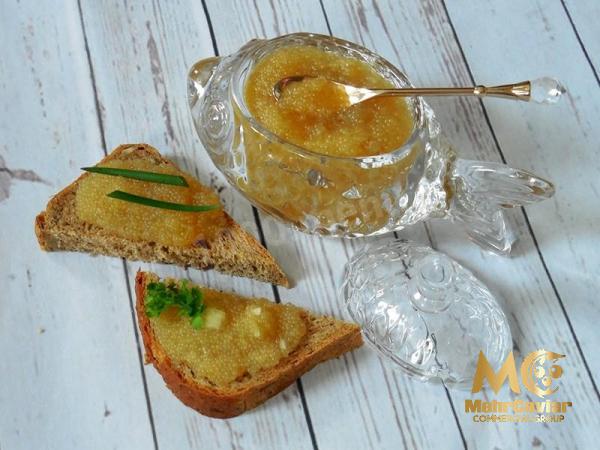
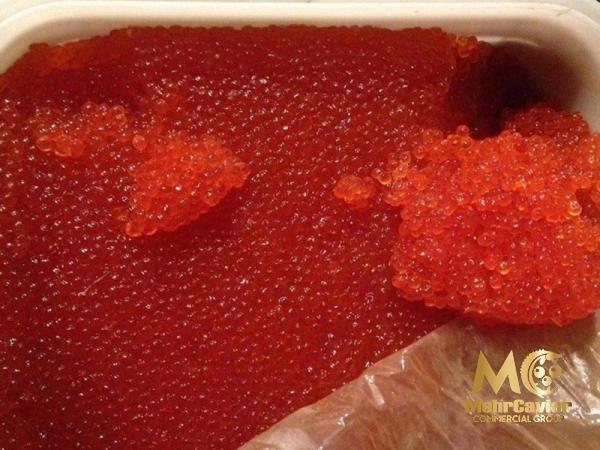
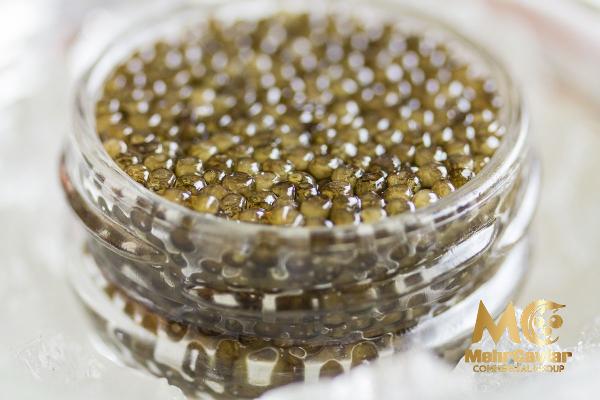

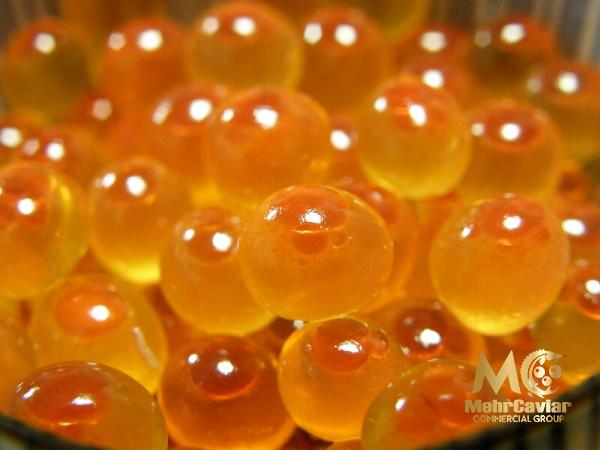


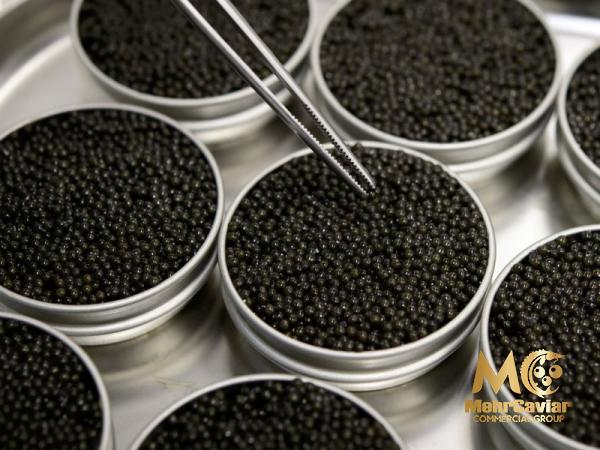
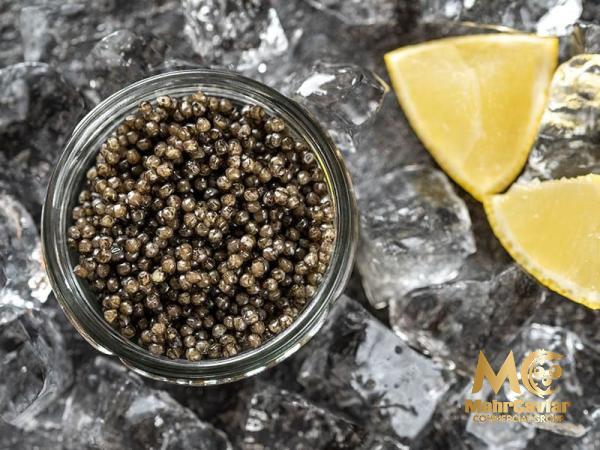
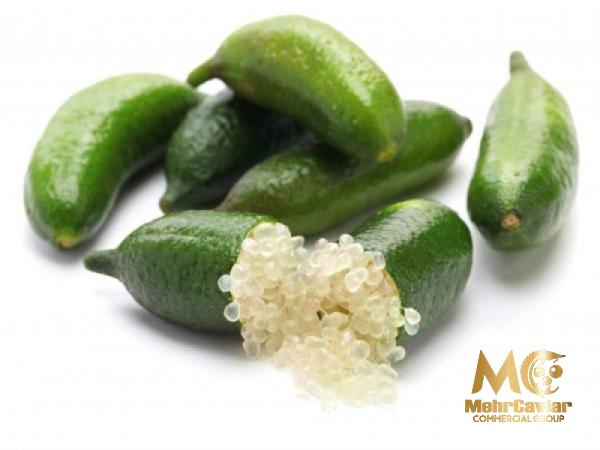
Your comment submitted.